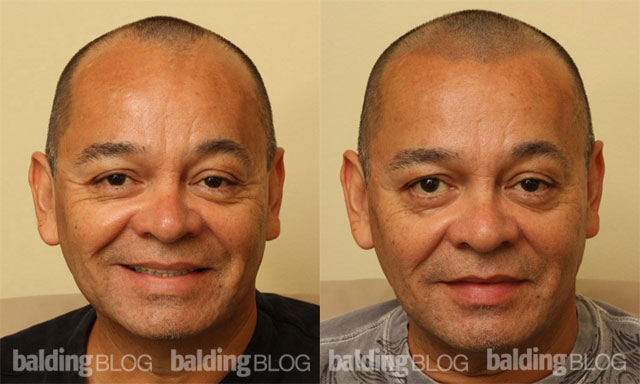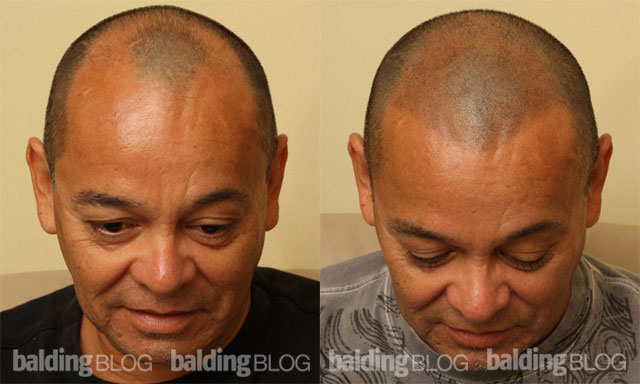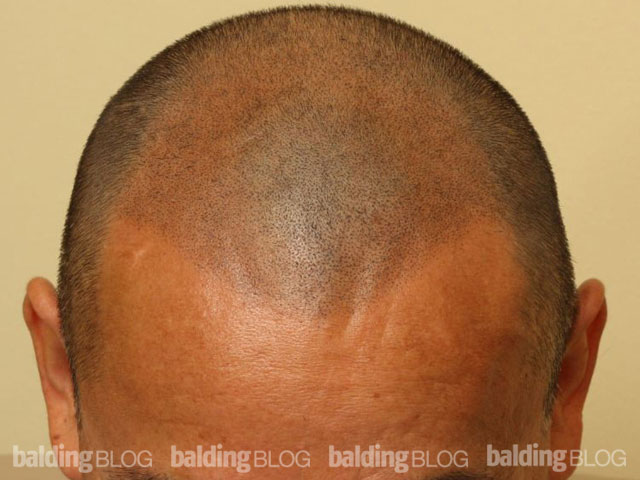When it comes to hair transplants, some people don’t always finish what they start — perhaps due to money issues or just not wanting to go that route ever again because of disappointment in the results, failures of the surgery, or severe pain with the surgery. The pain and costs of more surgeries is a real turn-off for many of these people, but times have changed. Surgery is rarely painful, prices have come down, the results are not detectable as being any different from your natural hair, and alternatives are available… so exploring the sum of today’s options may be worthwhile.
Patients with an unfinished hair transplant hasn’t really been a problem in our practice, because we get personal with all of our patients and get to understand their goals, never promising them a rose garden, but setting up realistic expectations with regards to how many surgeries they will need to hit their targeted goals. In the old days (1980s) one rarely saw a finished hair transplant patient and few, if any, looked normal. I ran a large hair transplant practice in 1989-90 (before founding the New Hair Institute) and I was amazed that I never really saw a finished job while I worked there. Today, that is not the case as many completed hair transplants are undetectable.
If you are one of those individuals who did not finish their hair transplant work to meet their expectations and still look like an unfinished piece of poorly done art, I would suggest that you look at the Scalp Micropigmentation (SMP) process as a surgical alternative for thickening. This could possibly be a way of thickening up the appearance of your hair transplant without having another hair transplant. SMP works to camouflage even some of the old type of plugs when done properly.
For many people, SMP can contribute to completing the process, but a consultation with us is critical to defining your needs and the ability to achieve your objectives at a reasonable cost.
Tags: hair transplant, hairloss, hair loss, pigment



